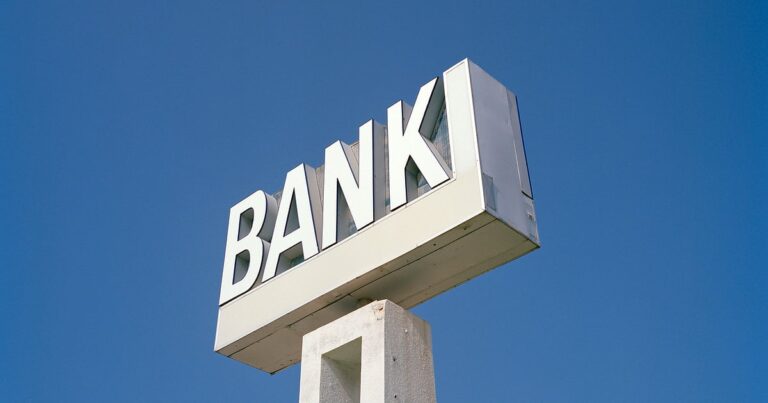The RBI’s recent monetary policy announcements come on the back of a general easing in liquidity conditions, aided by its stance and actions on maintaining adequate systemic liquidity, and positive moves on the liquidity coverage ratio (LCR) front.
Overall, the extent of NIM impact would vary for each bank, depending on the strategies they adopt on both the deposits and advances side. In turn, their deposit pricing strategies will depend on an interplay of factors, including the share of external benchmark-linked loans, credit-deposit ratio, liquidity coverage ratio, the NIM level, and growth aspirations.
One choice that banks can make is reducing their term deposit rates or savings accounts rates, or a combination of both. A reduction in the term deposit rates will apply only to incremental deposits and renewals, resulting in a slower transmission of the rate cut to the liability side. On the other hand, a decrease in the savings account rate is applicable to all outstanding balances, thus yielding a relatively larger NIM benefit.
NIM is a key factor that impacts the overall profitability of banks. But there are others that also have a bearing.
On the expenditure front, the decline in credit cost, which supported profitability over the last few fiscals, is unlikely to continue this fiscal, with gross non-performing assets expected to be rangebound at 2.4-2.6% (vs ~2.4% as of March 2025). Further, operating expenses and other income will remain flat.
Consequently, the compression in NIM will drive the moderation in RoA after accounting for tax implications, even as the banking system profitability remains above the decadal average.
(Krishnan Sitaraman is Chief Ratings Officer, Crisil Ratings Limited)
Read More: Bank profitability to remain healthy despite NIM pressure, aided by RBI’s



